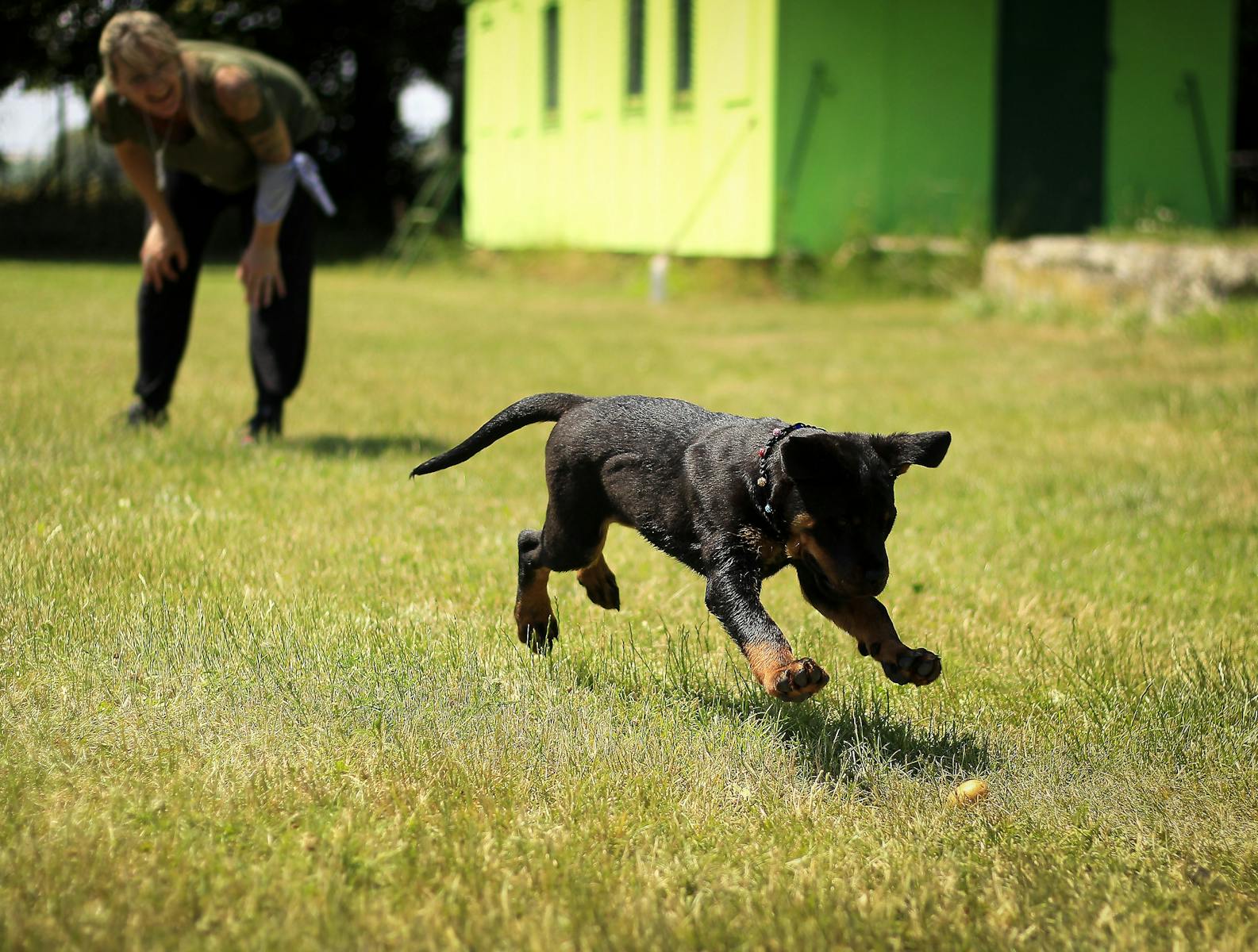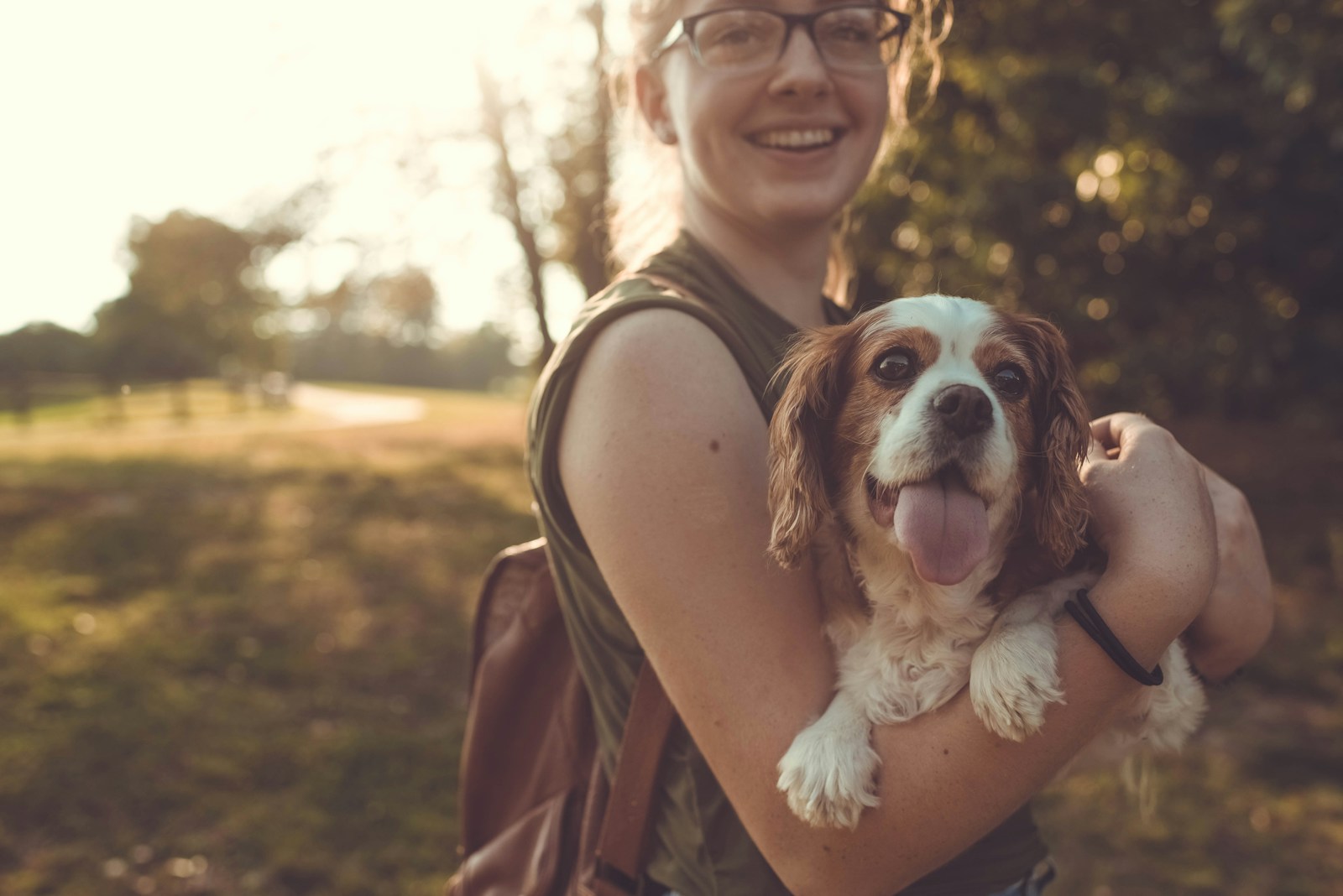Obedience Training Near Overcoming Fear and Anxiety in Dogs Through Obedience Training
Overcoming Fear and Anxiety in Dogs: Effective Obedience Training Techniques for a Calm and Confident Companion Through Obedience Training at FetchQuest.info
Obedience Training Near You: Overcoming Fear and Anxiety in Dogs Through Obedience Training
Just like humans, dogs can struggle with fear and anxiety. Whether it’s triggered by loud noises, unfamiliar environments, separation from their owner, or past trauma, canine anxiety can manifest in a variety of ways—barking, trembling, hiding, destructive behavior, and even aggression.
While medication and behavioral therapy are sometimes needed, one highly effective and often overlooked solution is obedience training. At FetchQuest.info, we advocate for compassionate, consistent training techniques that not only build good behavior but also help anxious dogs gain confidence and emotional stability.
Let’s explore how structured training can help your dog move from fearful to fearless—at their own pace.
Understanding the Root of Anxiety in Dogs
Fear and anxiety are natural emotions. But when these feelings are frequent or overwhelming, they can negatively affect your dog’s well-being. Common causes include:
-
Lack of socialization during early development
-
Traumatic experiences (e.g., abuse, abandonment)
-
Changes in environment or routine
-
Noise phobias (e.g., thunderstorms, fireworks)
-
Separation from their guardian
-
Genetic predispositions
While you can’t always eliminate the cause of anxiety, you can help your dog cope more effectively—and that’s where obedience training comes in.
How Obedience Training Helps Anxious Dogs
Obedience training provides structure and predictability, which are especially beneficial for anxious dogs. Here’s how it supports emotional regulation:
✅ Builds Trust and Security
Training strengthens your dog’s bond with you. Clear communication and consistent expectations make your dog feel safe, knowing what’s expected and how to please you.
✅ Promotes Predictable Routines
Routines reduce uncertainty, one of the biggest triggers of anxiety. When training is part of a daily schedule, it adds structure and reliability to your dog’s world.
✅ Offers Positive Mental Stimulation
Obedience exercises keep your dog’s brain engaged, redirecting focus from fears to tasks they can succeed at—boosting confidence.
✅ Encourages Calm Behavior
Commands like “sit,” “stay,” and “place” teach your dog to settle in stressful situations, helping them remain composed rather than reactive.
✅ Provides Exposure Therapy
Gradual training in controlled settings helps desensitize your dog to triggers in a safe and measured way, decreasing fear over time.
Training Techniques to Support Fearful Dogs
Here are some specific training strategies designed to help dogs with anxiety:
-
Desensitization and Counterconditioning
Slowly expose your dog to their fear in a controlled way, while pairing it with positive experiences like treats or praise. -
“Look at Me” or “Focus” Cue
Teaching your dog to focus on you when they’re scared redirects their attention and helps break the anxiety loop. -
Place Training
A designated “safe spot” like a mat or bed can serve as a calming anchor during moments of stress. -
Gradual Socialization
Introduce new people, pets, and environments slowly and positively to help your dog build confidence. -
Short, Frequent Sessions
Keep training sessions brief (5–10 minutes) to prevent overwhelm and end on a positive note. -
Use of High-Value Rewards
Food, toys, or affection can reinforce positive associations and build enthusiasm for training.
What to Avoid
While helping an anxious dog through training, it’s important to steer clear of methods that can backfire:
-
❌ Never punish fear-based behavior—this only increases anxiety and breaks trust.
-
❌ Avoid flooding techniques—don’t expose your dog to a fear trigger too intensely or too quickly.
-
❌ Don’t force social interaction—let your dog decide when and how to engage.
When to Seek Professional Help
If your dog’s anxiety is severe—marked by aggression, self-harm, or constant distress—working with a certified trainer or veterinary behaviorist may be necessary. At FetchQuest.info, we offer resources and connections to trusted professionals who specialize in fear-based behavior.
Final Thoughts
Obedience training isn’t just about commands—it’s about communication, trust, and building emotional resilience. For fearful or anxious dogs, training offers a path to confidence through routine, mental stimulation, and positive reinforcement.
By focusing on consistency, patience, and compassion, you can help your dog not only learn to obey but to feel safe in the world around them.
Explore more anxiety-reducing training strategies, printable training plans, and behavior tips at FetchQuest.info—your partner in pet well-being through every stage of life.
Keywords: obedience training, fear in dogs, anxiety relief, overcoming fear, obedience techniques, dog training tips, positive reinforcement, socializing dogs, consistency in training, training fearful dogs, anxiety management, obedience commands, building confidence, training tools, dog behavior solutions
news via inbox
Nulla turp dis cursus. Integer liberos euismod pretium faucibua





